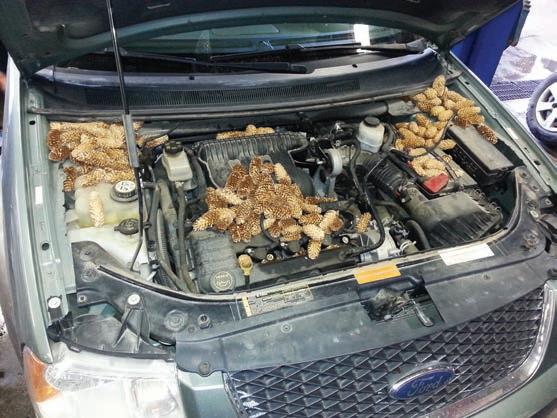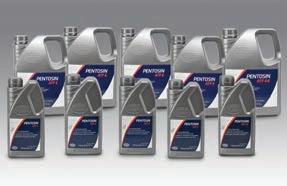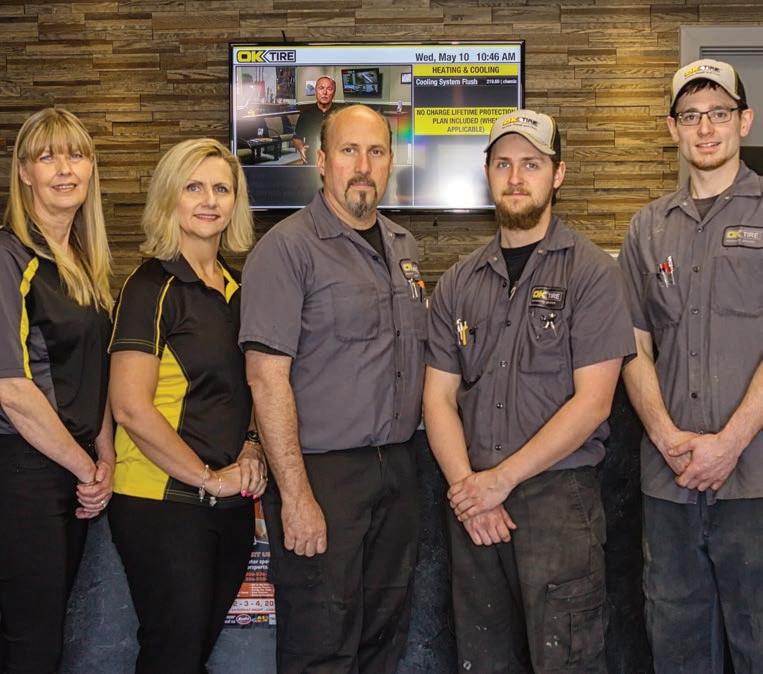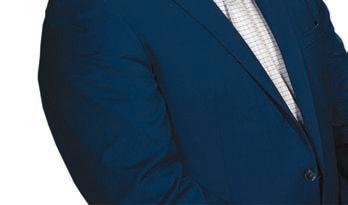GREENWOOD’S GARAGE
CALCULATING COSTS… ACCURATELY The way you measure the true cost of running your business needs to evolve, just as your business has evolved over the years. By Bob Greenwood, AMAM
H
ere’s a useful exercise. If you normally refer to our industry as a “trade,” try replacing that word with “profession.” Not once in a while… but every time. It will be difficult at first, but soon it will become natural. And the difference is not just semantic. Not only does it define your work, but it defines your attitude toward your work. More and more people in our industry recognize that auto repair is not a trade or a craft, but a true profession that requires ethics, protocols, and ongoing training. 14
M AY / J U N E 2 0 2 0
We must all acknowledge that the “trade” days are over. The proof is all around us, from the vehicle technology we work with, to the increasingly sophisticated management procedures that ensure profitability. You can no longer run an automotive repair facility the way it was done 20 years ago. Or even 10. A new era has arrived, and with it comes new management benchmarks and measurements. Simple sales data and car count will no longer cut it. All they measure is shop activity. They say nothing about profitability.
w w w. a u t o s e r v i c e w o r l d . c o m
In this new era, the focus has to be productivity, not activity. Once you grasp the distinction, you’ll see how critical productivity is to moving your business forward. We have learned that 60% to 65% of the business coming through a service shop today does not create a single dollar of net profit. It simply creates sales and gross profit. People out there still believe that when sales are up, they’re doing better. But that’s not necessarily the case. In fact, with the increasing complexity of today’s vehicles, it is likely that increased activity takes you farther from profitability. It is mathematically impossible to create net profit on every job. But if you get the “busy work” down to a more reasonable 35% or 40%, your net profit will undoubtedly soar. For most, the question becomes, what should I be measuring? When you slow down, and take the time to do a few calculations, you will find that you have a very powerful tool at your fingertips. Many shop operators measure the cost of doing business by dividing their total annual expenses (taken directly from their financial statement) by 365, to provide an average-cost-perday. Others, however, divide it by the number of days that they’re actually open in a year, which gives them an average-cost-per-operating-day. This second method is more accurate and is a good starting point for measuring your business if you’ve never had one before. Given the challenges of running an automotive maintenance shop, it doesn’t really matter how many days or hours you’re open. It matters how many hours you bill. Now, if you were to take your total labour revenue from last year in each labour category (maintenance, diagnostic, reflash, etc.) and divide it by the appropriate labour rate for that category, you’d have the total number of labour-hours-billed for each category. Add the hours up and you have the total number of hours-billed last year.









